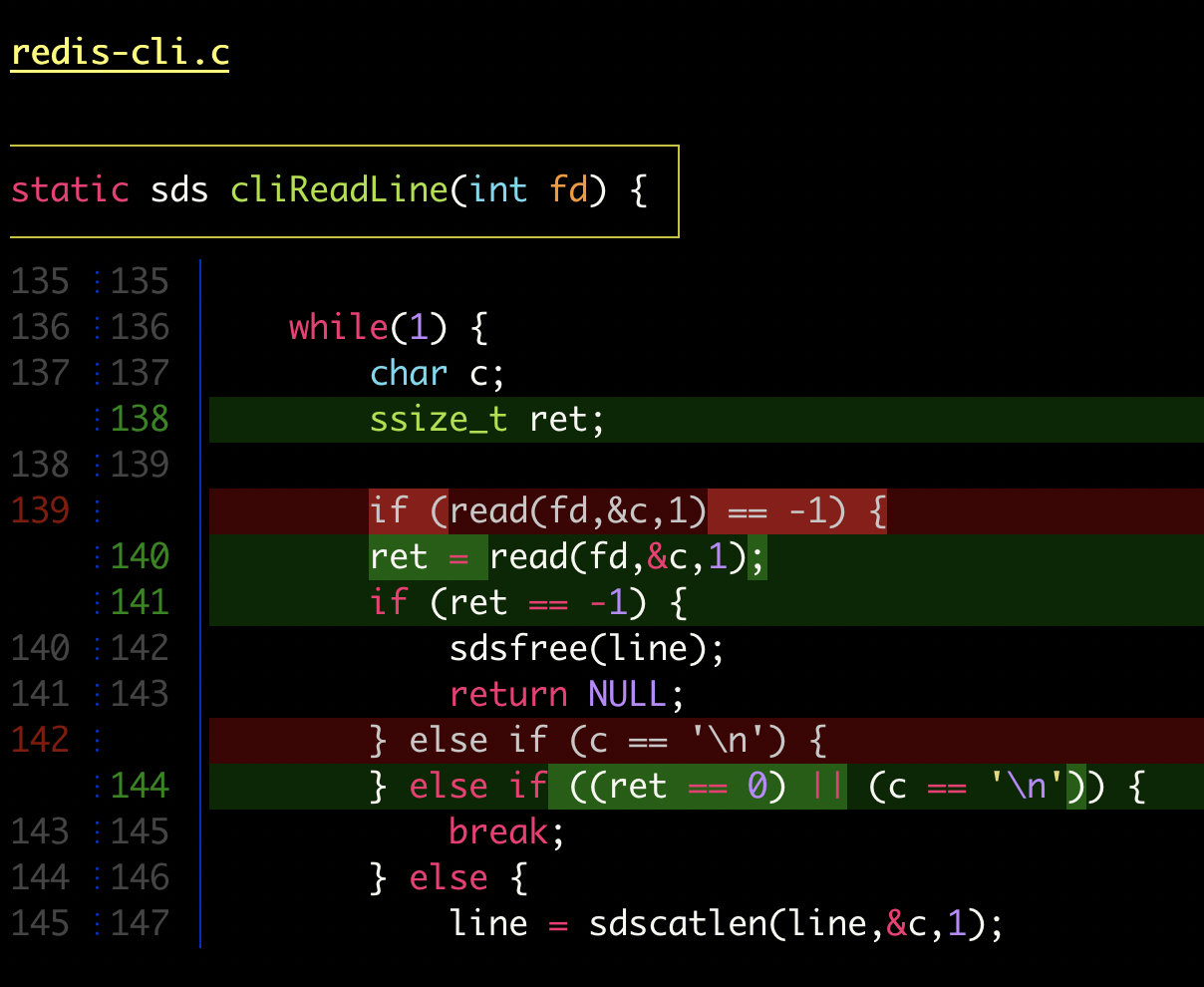131 private links
Executive summary The fact that different professional cyclists use very different hill descent positions indicates that there is no consensus in the peloton on which position is really superior, and that most cyclists did not test different positions, for example in wind tunnels, to find which posi

GitHub Gist: instantly share code, notes, and snippets.
Storing and managing secrets like API keys and other credentials can be challenging. Here are some of the best practices to help keep secrets and credentials safe.
One of the things a lot of newbie developers overlook often is the format of their commit messages. Properly formatted commit messages can do so much more than just looking neat, such as - Provide context to the code reviewer
List of text to diagram tools
Many of us use password managers to securely store our many unique passwords. A critical part of a password manager is the master password. This password protects all others, and in that way, it is a risk. Anyone who has it can pretend to be you… anywhere! Naturally, you keep your master password hard to guess, commit it to memory, and do all the other things you are supposed to do.


Going without sleep for too long kills animals but scientists haven’t known why. Newly published work suggests that the answer lies in an unexpected part of the body.
A transcompiler, also known as source-to-source translator, is a system that converts source code from a high-level programming language (such as C++ or Python) to another. Transcompilers are primarily used for interoperability, and to port codebases written in an obsolete or deprecated language (e.g. COBOL, Python 2) to a modern one. They typically rely on handcrafted rewrite rules, applied to the source code abstract syntax tree. Unfortunately, the resulting translations often lack readability, fail to respect the target language conventions, and require manual modifications in order to work properly. The overall translation process is timeconsuming and requires expertise in both the source and target languages, making code-translation projects expensive.
Although neural models significantly outperform their rule-based counterparts in the context of natural language translation, their applications to transcompilation have been limited due to the scarcity of parallel data in this domain. In this paper, we propose to leverage recent approaches in unsupervised machine translation to train a fully unsupervised neural transcompiler. We train our model on source code from open source GitHub projects, and show that it can translate functions between C++, Java, and Python with high accuracy.
Our method relies exclusively on monolingual source code, requires no expertise in the source or target languages, and can easily be generalized to other
programming languages. We also build and release a test set composed of 852 parallel functions, along with unit tests to check the correctness of translations. We show that our model outperforms rule-based commercial baselines by a significant margin.



The primary goal of 4coder is to maximize the power and ease of customization. 4coder also places high priority on performance and portability.
Worried about the security of your Linux server? Learn some easy to implement tips on securing SSH and make your Linux server more secure.

